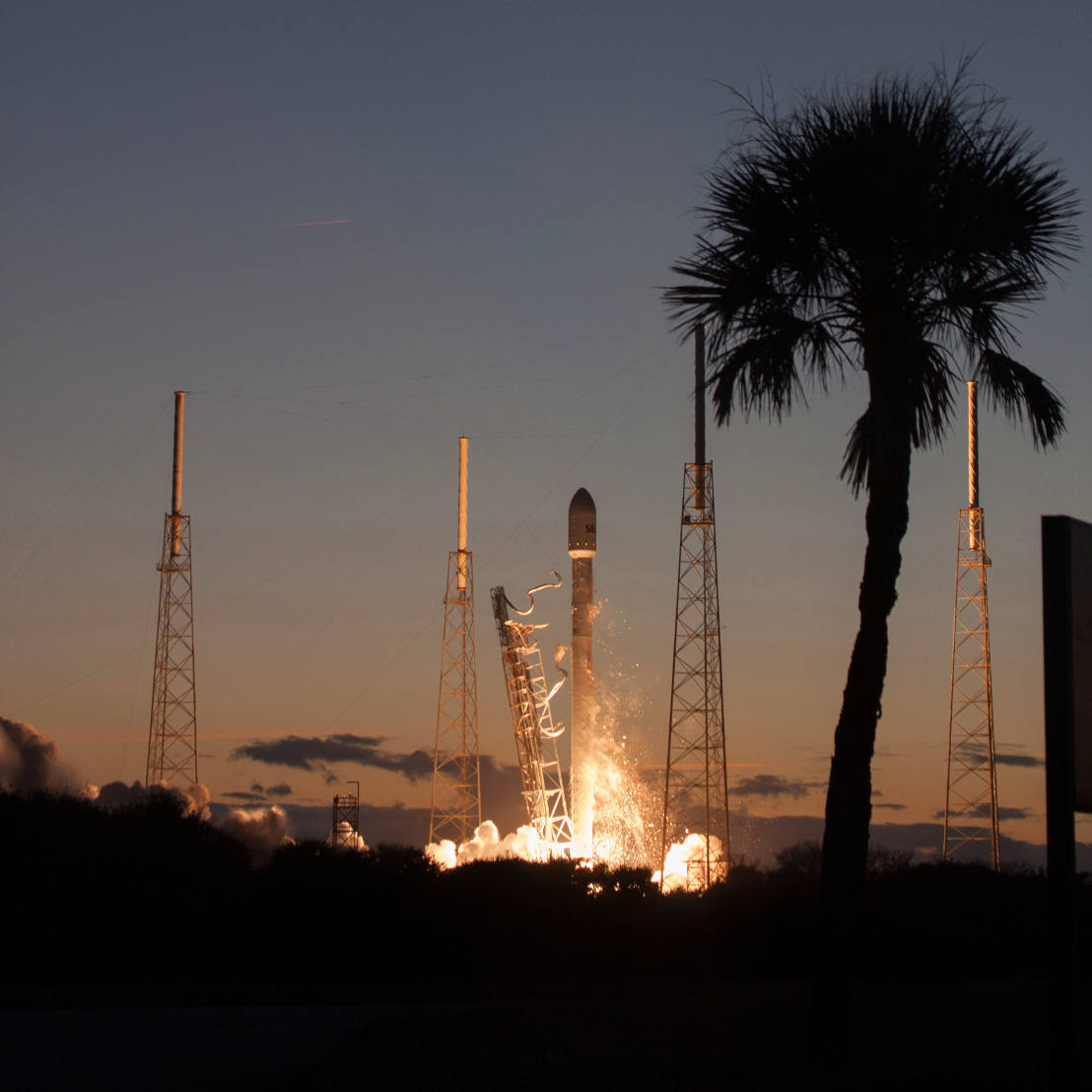SpaceX has found a customer for the first flight of a previously flown Falcon 9 booster. The company has reached an agreement with SES to launch SES-10 on what the two companies are calling a “flight-proven” Falcon 9 orbital rocket booster. The satellite, which will be in a geostationary orbit and expand SES’s capabilities across Latin America, is scheduled for launch in Q4 2016. It is one of 11 launches that SpaceX is due to perform by the end of the year.
SES — the first commercial satellite operator to launch with SpaceX, in 2013 — is believed to have negotiated a discount of around 30%.
SES-10 will be positioned at 67 degrees West, pursuant to an agreement with the Andean Community (Bolivia, Colombia, Ecuador and Peru), and will be used for the Simón Bolivar 2 satellite network.
With a Ku-band payload of 55 36MHz transponder equivalents, of which 27 are incremental, the multi-mission spacecraft is the first SES satellite wholly dedicated to Latin America. It will replace the capacity currently provided by SES’s AMC-3 and AMC-4 satellites at that location, as well as bring additional capacity to Mexico, Central America, South America and the Caribbean.
“We believe reusable rockets will open up a new era of spaceflight, and make access to space more efficient in terms of cost and manifest management,” said Martin Halliwell, Chief Technology Officer at SES.
SpaceX has recovered six Falcon 9 first stages since December 2015, most recently on 14th August.
SES-10 is being built by Airbus Defence and Space and is based on the Eurostar E3000 platform. The satellite will utilise an electric plasma propulsion system for on-orbit manoeuvres and a chemical system for initial orbit raising and some on-orbit manoeuvres.

